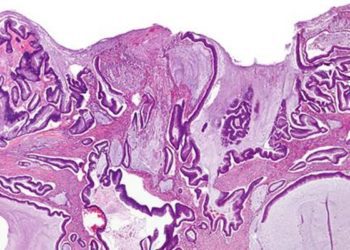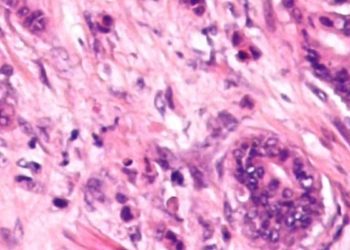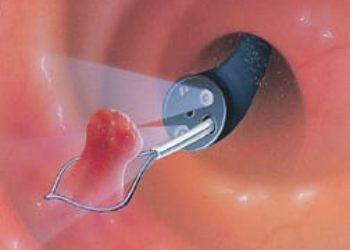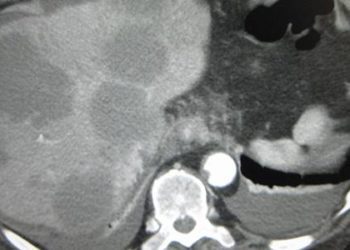Cold snare polypectomy with continuous anticoagulant use does not increase bleeding risk
1. In this randomized controlled trial, cold snare polypectomy with continuous anticoagulation does not increase bleeding risk when compared to hot snare polypectomy with heparin bridging.
2. The cold snare polypectomy procedure had shorter procedure time per lesion and decreased length of hospital stays in comparison to hot snare polypectomy.
Evidence Rating Level: 1 (Excellent)
Study Rundown: Polypectomy is a procedure utilized to reduce risk of morbidity and mortality associated with colorectal cancer in patients. The authors of this randomized controlled trial compared cold snare polypectomy (CSP) with hot snare polypectomy (HSP) and the risk of bleeding in patients on anticoagulant therapy. CSP does not involve electrocautery and has been found to result in reduced bleeding in patients receiving warfarin. In comparing outcomes between continuous administration of anticoagulants (CA) with CSP (CA + CSP) and periprocedural heparin bridging (HB) with HSP (HB + HSP) for subcentimeter colorectal polyps, no increased bleeding risk was found with CA + CSP. Mean hospitalization period and procedure length were found to be longer in the HB + HSP group. One of the limitations of this randomized controlled trial was that patients and physicians were not blinded regarding treatment arms. Further, the results may not be fully generalizable to all patients undergoing polypectomy, as only patients with subcentimeter polyps were included in this study.
Click to read the study, published today in Annals of Internal Medicine
Relevant Reading: Colorectal polypectomy and endoscopic mucosal resection (EMR): European Society of Gastrointestinal Endoscopy (ESGE) Clinical Guideline
In-Depth [randomized controlled trial]: In this study, the authors conducted an open-label, parallel, multicenter randomized controlled trial to determine the non inferiority of CA + CSP versus HB + HSP for treating subcentimeter colorectal polyps. The study was conducted in 30 Japanese academic or tertiary institutions between June 2016 to December 2017 and randomization occurred through a computer-generated system. The primary end point of the study was the incidence of polypectomy-related major bleeding. A total of 184 patients were enrolled in the study, with 90 in the HB + HSP arm and 92 in the CA + CSP arm. The authors observed an incidence of polypectomy-related major bleeding of 4.7% (95% CI, 0.2% to 9.2%) in the CA + CSP group and 12.0% (CI, 5.0% to 19.1%) in the HB + HSP group, Further, the intergroup difference was 7.2% (CI, -1.0% to 15.7%) and the risk ratio was 2.56 (CI, 0.84 to 7.84). Subgroup analysis showed noninferiority of polypectomy-related major bleeding in patients receiving warfarin and those taking DOACs. It was found that the mean procedure time per lesion was significantly shorter in the CA + CSP group compared to the HB + HSP arm of the study. The mean hospitalization period was also longer in the HB + HSP group.
Image: PD
©2019 2 Minute Medicine, Inc. All rights reserved. No works may be reproduced without expressed written consent from 2 Minute Medicine, Inc. Inquire about licensing here. No article should be construed as medical advice and is not intended as such by the authors or by 2 Minute Medicine, Inc.







